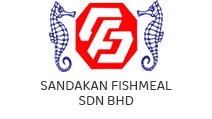Contributing to UN’s Sustainable Development Goals
United Nations’ 2030 Agenda for Sustainable Development provides the 17 Sustainable Development Goals (SDGs), which are an urgent call for action by all countries in a global partnership to achieve peace and prosperity for people and the planet, now and into the future.

Sandakan Fishmeal Sdn Bhd is contributing to the UN SDGs
through our operations:




We at Sandakan Fishmeal, Believe That We are Contributing to The UN SDGs Through Our Operations
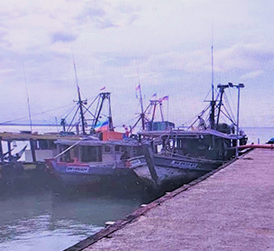
Business
Doubtlessly, the price of all fish would be substantially higher today if aquaculture did not exist. his will have also benefited the very poor.
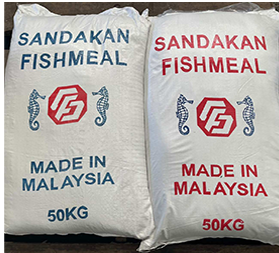
Fishmeal & Fish Oil
Doubtlessly, the price of all fish would be substantially higher today if aquaculture did not exist. his will have also benefited the very poor.
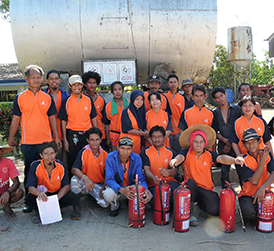
Certificates
Doubtlessly, the price of all fish would be substantially higher today if aquaculture did not exist. his will have also benefited the very poor.
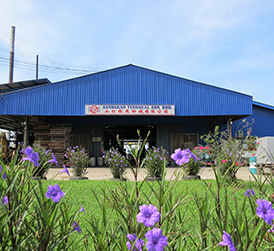
Accountability
Doubtlessly, the price of all fish would be substantially higher today if aquaculture did not exist. his will have also benefited the very poor.

What SFM Does
According to the Food and Agriculture Organization of the United Nations aquaculture today contributes about half of all the seafood eaten in the world. Doubtlessly, the price of all fish would be substantially higher today if aquaculture did not exist. This will have also benefited the very poor.
What SFM Does
We are directly involved in the value chain of bringing affordable seafood to the masses.

What SFM does:
We make use of fish that the fresh fish market and the fish processing industries cannot or does not want to buy, hence reducing wastage and pollution of the sea.

What SFM does:
Our fishmeal is used in the efficient rearing of farmed fish and crustaceans that are palatable and desirable by consumers.

What SFM does:
We are directly involved in the value chain of bringing affordable seafood to the masses.

What SFM does:
We value our employees and do not take them for granted. We provide accommodation with proper sanitation and electricity for our staff, as well as reasonable compensation which meets or exceeds the legal minimum wages. We design and implement health and safety protocols at our premises to ensure our workers have a safe working environment. We practise gender equality and rewards based on meritocracy.
